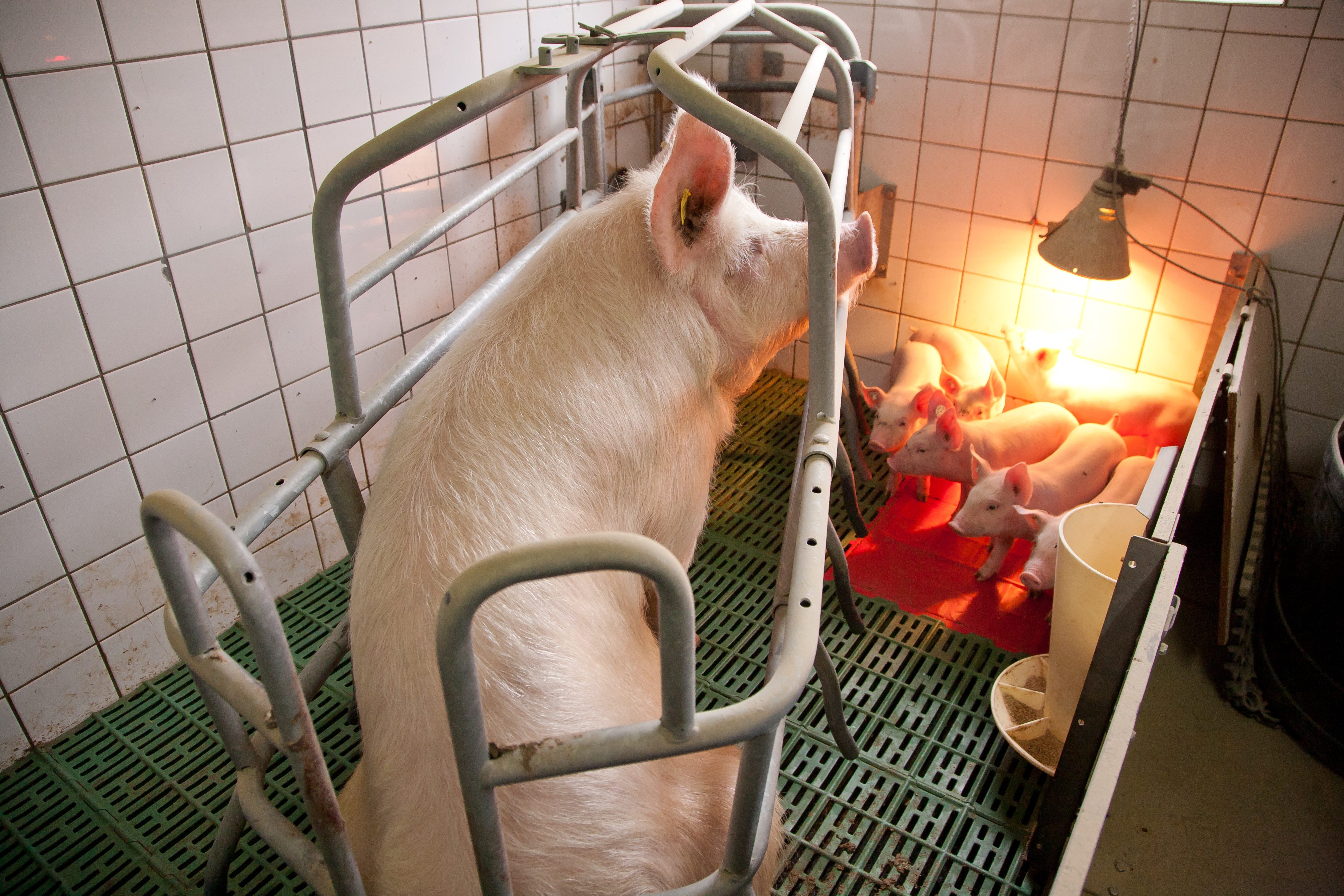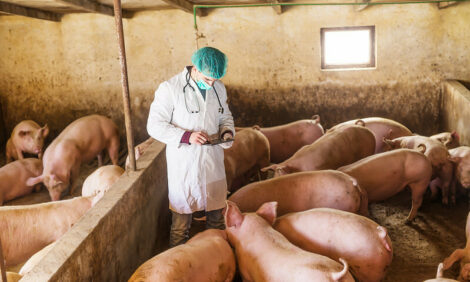



Finnish study shows sow cull rates can be directly linked to farm typology
A new study published in Porcine Health Management indicates that farm size and type of production is correlated with sow culling and mortality.The study was carried out across 43 farms in Finland by Paula Bergman, Camilla Munsterhjelm, Anna-Maija Virtala, Olli Peltoniemi, Anna Valros and Mari Heinonen, from the University of Helsinki.
The primary objective of the study, conducted in 2014, was to characterise breeding sow farms in Finland and to investigate how farm profiles are associated with sow culling and mortality.
A questionnaire survey was administered in-person and supplemented with observations in the housing facilities. Annual removal figures and average monthly sow inventories were retrieved from a centralised animal data recording system (National Swine Registry) administered by the Finnish Food Authority. Multiple correspondence analysis and hierarchical clustering were used to explore the complex underlying data-driven patterns.
Results
Sow removal varied markedly between farms with an overall average culling percentage of 38.0 percent (95 percent CI 34.1–42.0) and a relatively high average mortality percentage 9.7 percent (95 percent CI 7.9–11.5).
The study identified three farm clusters, which differed both in their typologies and removal patterns:
Cluster 1 included farms with features indicative of a semi-intensive or intensive type of farming, such as larger herd and room sizes, higher stocking density and more sows per caretaker. Most of the cluster 1 farms exceeded the investigated cut-off levels for culling and mortality.
Cluster 2 farms were estimated to have the best animal welfare among the sample farms based on a combination of environmental indicators (eg amount of bedding, rooting and nesting materials, space allowance, pen cleanliness) and the lowest level of sow mortality as an animal-based indicator.
Cluster 3 farms followed a strategy of a rather non-intensified system based on the predominance of smaller herd size, lower stocking density and less sows per caretaker, combined breeding and gestation rooms and rare use of farrowing induction. This cluster showed the lowest culling levels within the sample.

Conclusions
To the best of the authors' knowledge, this study is the first to show that there are clusters of piglet producing farms with contrasting patterns of management practices and housing, investigating them with special emphasis on sow removal and demonstrating associations between farm typologies, culling and mortality. The results support the notion that farm typologies are associated with sow culling and mortality.
Although focused on Finnish production, the authors expect this approach used to be beneficial to other pork producing countries.
In summary, the control of sub-optimal sow removal cannot be based on single improvements only, because of other limitations within the individual farm resources.
| References | ||||
|---|---|---|---|---|
| Paula Bergman, Camilla Munsterhjelm, Anna-Maija Virtala, Olli Peltoniemi, Anna Valros and Mari Heinonen. | ||||
| (2019) | Structural characterization of piglet producing farms and their sow removal patterns in Finland.. Porcine Health Management | 5:12 | [accessed 03.06.2019] |

